Description
Wordsworth was born and lived most of his life in the rural northwest of England known as the Lake District. Like many other Romantic writers, he saw in Nature an emblem of God or the Divine and his poetry often celebrates the beauty and spiritual values of the natural world.
He revolutionized English poetry with the publication of Lyrical Ballads (1798), co-authored with his friend Samuel Taylor Coleridge who contributed “The Rime of the Ancient Mariner” for the volume.
In his book Wordsworth sought to break the pattern of artificial situations of eighteenth-century poetry, which had been written for the upper classes, and to write in simple, straightforward language for the common man.
Other English Romantic poets would follow Wordsworth’s lead in taking apparently insignificant moments and, by observation and contemplation, raising them to illuminations of experience.
Wordsworth defined poetry as the “spontaneous overflow of powerful feelings,” intense “emotion recollected in tranquility.”
In the sonnet “The World Is Too Much with Us” the poet contrasts Nature with the world of materialism and “making it.” Because we are insensitive to the richness of Nature, we may be forfeiting our souls. To us there is nothing wonderful or mysterious about the natural world, but ancients who were pagans created a colorful mythology out of their awe of Nature.
Illustrated by large Bright Showcase by August Macke.
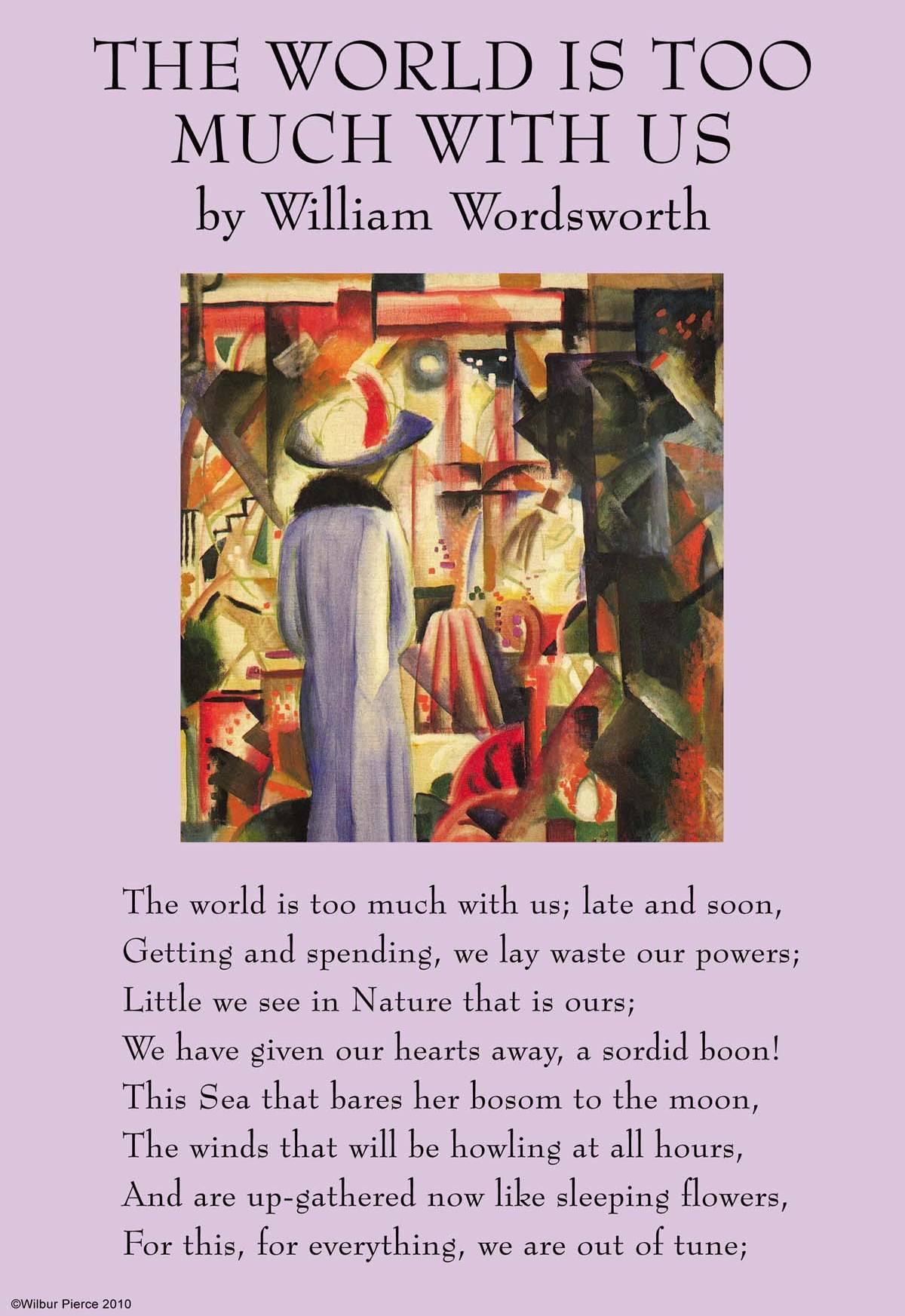
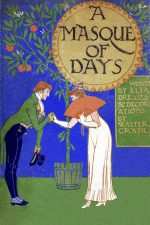
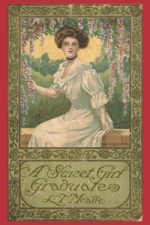
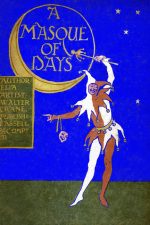
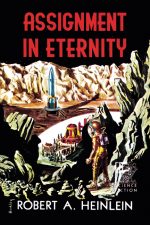
Reviews
There are no reviews yet.